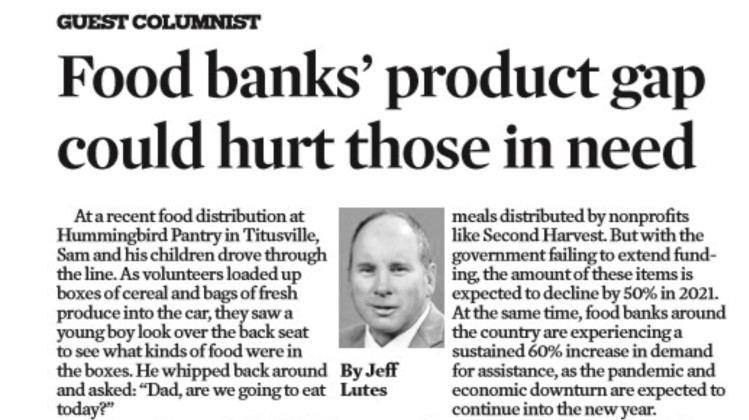
At a recent food distribution at Hummingbird Pantry in Titusville, Sam and his children drove through the line. As volunteers loaded up boxes of cereal and bags of fresh produce into the car, they saw a young boy look over the back seat to see what kinds of food were in the boxes. He whipped back around and asked: “Dad, are we going to eat today?”
Sam began to cry and said, “Yes.” He told the volunteers that his family had not eaten in three days. Not only did they have food for that day – and the days ahead – but for the first time, they had reason to hope again.
Sam’s is just one of many families who are now facing hunger for the first time – and who have turned to Second Harvest Food Bank of Central Florida to keep food on the table.
Since early spring, Second Harvest and the rest of Feeding America’s network of 200 food banks have been at the front lines. The food they’ve provided has helped families, like Sam’s, weather unimaginable conditions: the largest U.S. public health crisis in a century, staggering unemployment numbers and a 50-year high for grocery prices. But food banks also anticipate a major challenge that will make it harder to ensure no one goes hungry: a steep decline in products.
This inevitable “food cliff” is as simple as supply and demand. Nationally, USDA-purchased, domestic-grown food makes up around 30 percent of all meals distributed by nonprofits like Second Harvest. But with the government failing to extend funding, the amount of these items is expected to decline by 50% in 2021. At the same time, food banks around the country are experiencing a sustained 60% increase in demand for assistance, as the pandemic and economic downturn are expected to continue into the new year.
Every year, USDA helps to move billions of pounds of healthy food from farmers to food banks to families. As a result, produce, dairy and other pantry staples don’t go to waste, but instead fuel students for school and help cash-strapped seniors keep their plates full. However, under current policy, USDA will scale back support for food banks – and Second Harvest and other nonprofits won’t be able to help those in need. Central Florida has been disproportionately affected by the pandemic with thousands of hospitality and tourism-driven job cuts.
Less food, more need: It’s an equation that translates to more families being turned away from food pantries empty-handed. But that crisis can be averted if Floridians press their U.S. Representatives and Senators to change course now. Contact your elected members of Congress today and urge them to continue funding programs that offer hunger relief to those in need.
By Jeff Lutes, Board Chair, Second Harvest Food Bank of Central Florida. This guest column originally appeared in The Orlando Sentinel on December 8, 2020.
Advocacy is a crucial part of hunger relief.
Lend your voice to help kids, families and seniors in need.


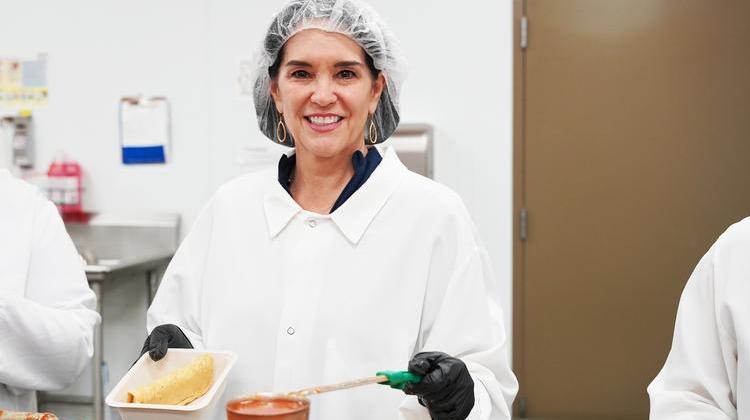
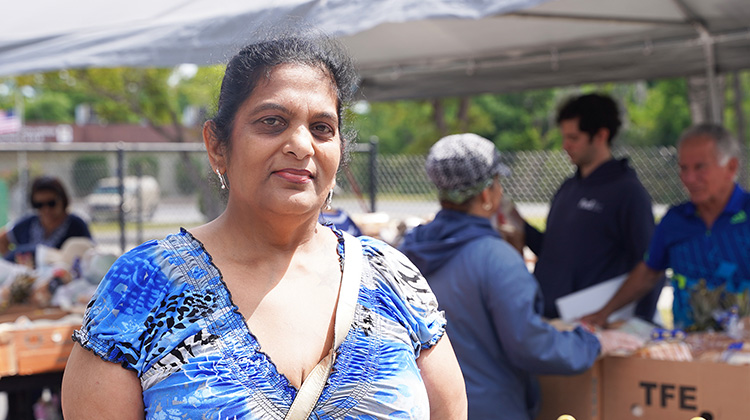
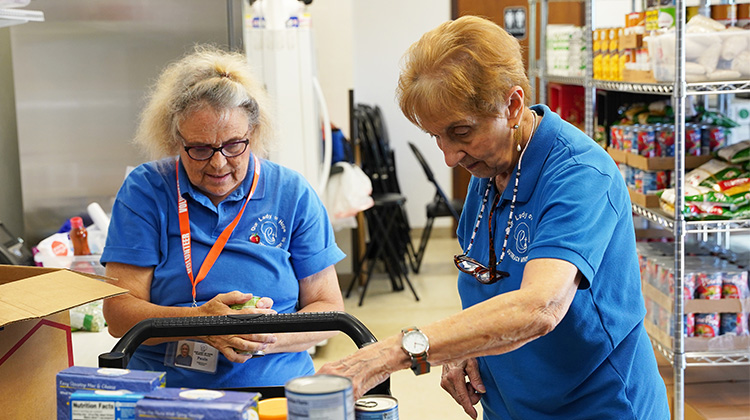


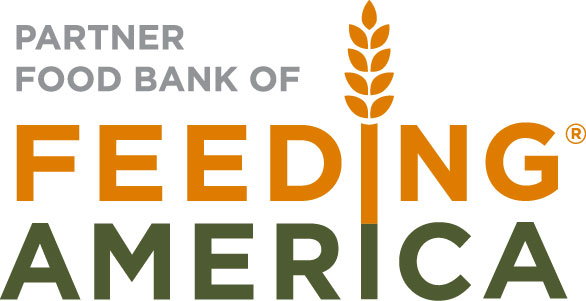
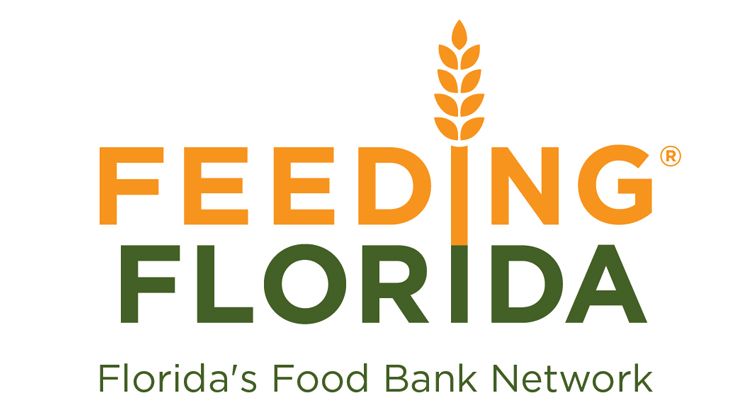
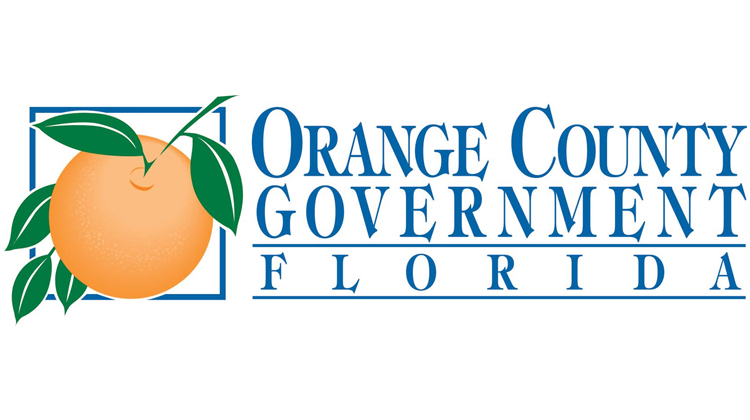
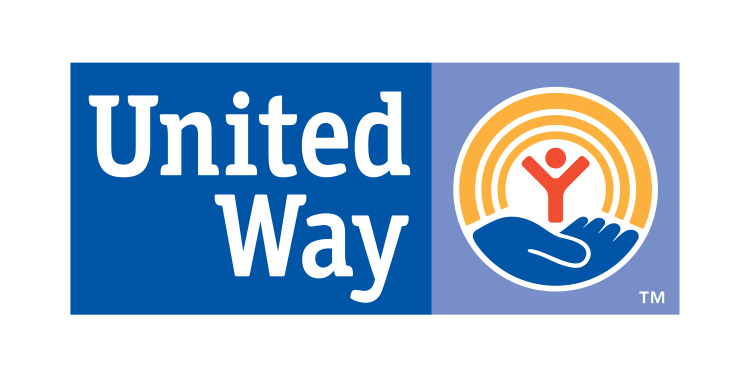

Leave a Reply